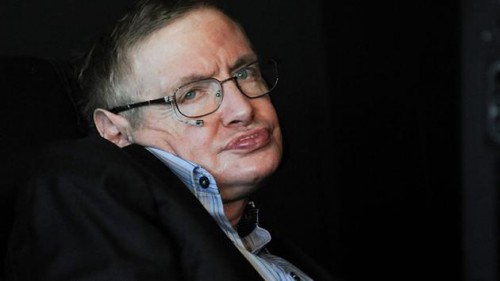Stephen Hawking, who sought to explain the origins of the universe,
the mysteries of black holes and the nature of time itself, died on
Wednesday aged 76.
He became one of the world’s most
well-regarded scientists, especially after his 1988 book, A Brief
History of Time, which became a worldwide bestseller.
Hawking was
diagnosed with ALS, the degenerative nerve disorder also known as Lou
Gehrig’s disease, in his early 20s. Doctors expected him to live for
only a few more years, but Hawking survived for more than half a
century.
Here is a list of Hawking’s great discoveries and theories that shaped modern science.
1. Gravitational singularity
One
of Hawking’s most notable achievements was his work on singularities – a
one-dimensional point that contains infinite mass, where spacetime
appears to be infinitely curved and the laws of physics, as we know
them, cease to exist.
After Einstein’s theory of general relativity, it was unclear whether singularities were real.
Hawking
and his fellow scientists Roger Penrose proved Einstein’s theory
allowed for gravitational singularities and there could have been one in
our distant past — the big bang.
2. Hawking radiation
Hawking
used quantum theory to explain that black holes are not actually
completely black but they emit heat and eventually vanish in an
extremely slow process. This theory went against classical physics,
which stated black holes could not radiate heat.
The theory said the bigger the black hole, the more energy would be released.
3. How galaxies might arise
The
British physicist also supported cosmological inflation, which is
central to understanding how the universe expanded exponentially just
after the big bang before slowing down to expand at a slower pace.
He
was the first one to explain how quantum fluctuations during the period
of expansion may give rise to different galaxies in the universe.
4. How the universe began
Hawking
is also well-known for his attempts to combine two key theories of
physics: Quantum theory and Einstein’s general relativity.
He
suggested a new theory, known as quantum gravity, which could fill in
many gaps in the current understanding of physics and the universe.
In
a quest to create a quantum theory of gravity, Hawking collaborated
with Jim Hartle in 1983 and proposed the wave function of the universe,
which is known as the Hartle-Hawking state.
The theory states the universe has no origins and nothing existed before the big bang.
5. A Brief History of Time
In
1988, Hawking’s book A Brief History of Time was published. The book
explains cosmology, black holes and the big bang in non-technical
language in order for the average reader to understand it. The book
became a bestseller and sold more than 10 million copies in 20 years.





